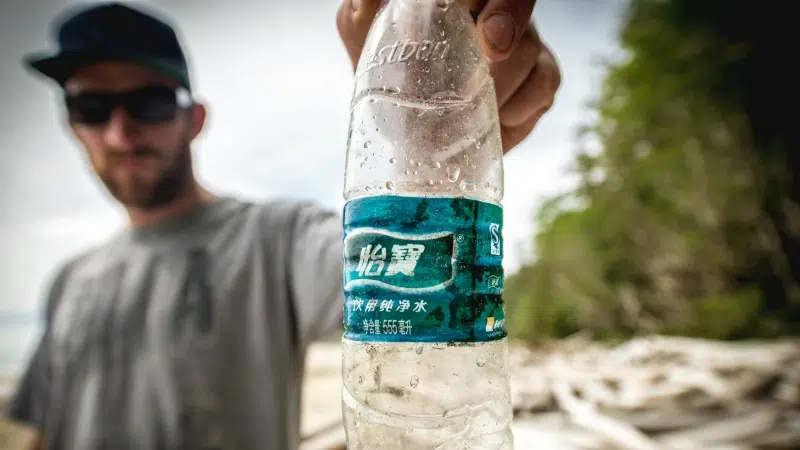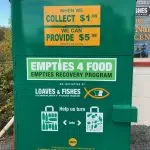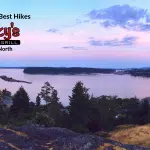
Nanaimo-based society helping clean BC coasts and track trash
NANAIMO – Everyone knows plastics in the ocean is bad and no one likes to see it wash up onshore.
After seeing so much marine debris and garbage land on the west coast of Vancouver Island, a group of primarily Nanaimo-based activists are now working to track just how much trash arrives on the Island and why it accumulates in those areas.
Renny Talbot, a fisheries protection biologist who’s also heavily involved in the Rugged Coast Research Society, told NanaimoNewsNOW he and others could spend only so much time on the west coast before they had to act.
“We realized there was a gap in information out there on the mapping side of where accumulation areas for marine debris actually are on the west coast.”


